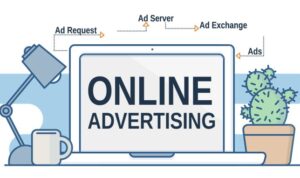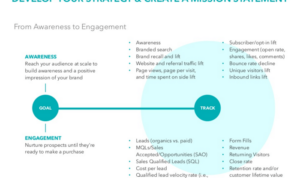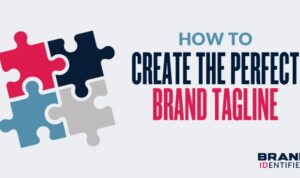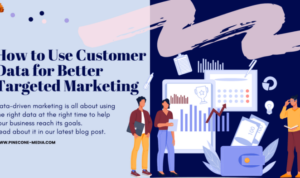Understanding the Buyer’s Journey sets the stage for an epic exploration into the world of marketing, where each twist and turn reveals key insights crucial for business triumph.
From unraveling the stages of the buyer’s journey to decoding strategies for success, this journey promises to be a riveting one.
Introduction to Buyer’s Journey
The buyer’s journey is the process that a potential customer goes through before making a purchase. It is important in marketing because it helps businesses understand their customers better and tailor their marketing strategies to meet the needs of their target audience.
There are typically three main stages in the buyer’s journey:
Awareness Stage
- At this stage, the buyer realizes they have a problem or need.
- They start researching and looking for information to better understand their issue.
- Examples: Searching on Google, reading blog posts, watching videos.
Consideration Stage
- During this stage, the buyer has defined their problem and is evaluating different solutions.
- They are comparing options and deciding which one best fits their needs.
- Examples: Reading product reviews, comparing prices, requesting demos.
Decision Stage
- At the final stage, the buyer is ready to make a purchase decision.
- They are choosing the specific product or service that will solve their problem.
- Examples: Adding items to the cart, signing up for a free trial, making a purchase.
Understanding the buyer’s journey can impact business success by allowing companies to create targeted marketing campaigns that address the needs of customers at each stage. By providing the right information and solutions at the right time, businesses can increase conversion rates and build lasting relationships with their customers.
Awareness Stage
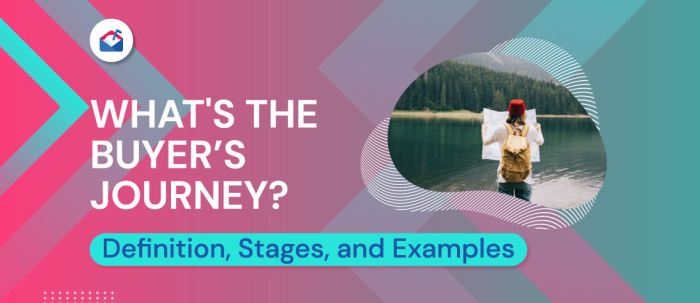
During the awareness stage of the buyer’s journey, potential customers become aware of a problem or need they have. They start to research and gather information to understand their issue better and find possible solutions.
Strategies to Attract Potential Customers
- Create educational blog posts and articles to provide valuable information related to the problem your product or service solves.
- Utilize social media platforms to engage with your target audience and share relevant content that addresses their pain points.
- Offer free resources such as eBooks, webinars, or whitepapers in exchange for contact information to start building a relationship with potential customers.
- Optimize your website and content for search engines to increase visibility and attract organic traffic.
Importance of Valuable Content
Creating valuable content is crucial during the awareness stage as it helps to establish your business as a trusted resource in the eyes of potential customers. By offering informative and helpful content, you can engage with buyers early on in their journey and build credibility. This can ultimately lead to increased brand awareness, trust, and loyalty among your target audience.
Consideration Stage
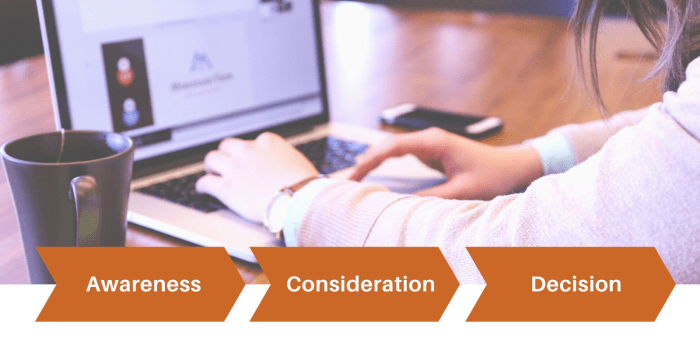
During the Consideration Stage, buyers are evaluating different options and solutions to address their needs or challenges. They are comparing features, prices, reviews, and other factors to determine the best fit for them.
Different Approaches to Nurturing Leads
- Nurturing through personalized emails: Sending targeted emails based on the buyer’s interactions and interests.
- Offering valuable content: Providing resources such as whitepapers, case studies, and webinars to educate and guide buyers.
- Engaging on social media: Interacting with potential buyers on platforms like LinkedIn or Twitter to build relationships.
Tailoring Messaging to Align with Buyers’ Needs, Understanding the Buyer’s Journey
- Understanding pain points: Addressing specific challenges that buyers are facing and how your product/service can solve them.
- Highlighting unique selling points: Emphasizing what sets your offering apart from competitors and why it’s the best choice.
- Providing social proof: Sharing testimonials, case studies, or reviews to build trust and credibility with potential buyers.
Decision Stage
In the Decision Stage of the buyer’s journey, potential customers are ready to make a purchase. This is the final step before converting leads into actual customers. It is crucial to understand the factors that influence buyers’ decisions in this stage, as well as the tactics that can be employed to encourage them to choose your product or service.
Factors Influencing Buyers’ Decisions
- Price: The cost of the product or service plays a significant role in the decision-making process. Buyers will compare prices and look for the best value for their money.
- Product Features: The specific features and benefits of the product or service will also impact the decision. Buyers want to ensure that the product meets their needs and solves their problems.
- Brand Reputation: A strong brand reputation can instill trust and confidence in buyers, making them more likely to choose your product over competitors.
- Urgency: Creating a sense of urgency through limited-time offers or special promotions can push buyers towards making a decision sooner rather than later.
Tactics to Convert Leads into Customers
- Offer Free Trials or Demos: Allowing potential customers to try out your product or service before committing can help alleviate any doubts they may have.
- Provide Discounts or Incentives: Offering discounts, coupons, or special deals can incentivize buyers to make a purchase during the Decision Stage.
- Create a Sense of FOMO: Fear of Missing Out can be a powerful motivator. Highlighting limited stock or time-sensitive offers can urge buyers to act quickly.
Significance of Social Proof and Testimonials
- Social Proof: Showing that others have purchased and benefited from your product can reassure potential customers that they are making the right decision. This can be in the form of reviews, ratings, or user-generated content.
- Testimonials: Genuine testimonials from satisfied customers can provide credibility and build trust. Sharing success stories and positive experiences can help sway buyers towards choosing your product or service.
- Case Studies: Detailed case studies showcasing how your product solved a specific problem for a customer can be highly persuasive in the Decision Stage.
Post-Purchase Stage: Understanding The Buyer’s Journey
After a customer makes a purchase, the journey doesn’t end there. In fact, the post-purchase stage is crucial for building long-lasting relationships with customers and turning them into loyal advocates for your brand.
Engagement after a purchase is important because it shows customers that you care about their experience beyond just making a sale. By following up with customers, addressing any issues they may have, and providing support when needed, you can create a positive post-purchase experience that keeps them coming back for more.
Retaining Customers and Encouraging Repeat Purchases
- Send personalized thank you emails or messages to show appreciation for their purchase.
- Offer discounts or promotions for future purchases to incentivize repeat business.
- Create a loyalty program that rewards customers for their continued support.
- Provide exceptional customer service to address any concerns or questions promptly.
Creating Brand Advocacy through Positive Post-Purchase Experience
- Encourage satisfied customers to leave reviews or testimonials to showcase their positive experience.
- Offer referral incentives for customers who refer friends or family to your brand.
- Share user-generated content on social media to showcase real customer experiences.
- Provide ongoing communication and support to keep customers engaged and loyal to your brand.

